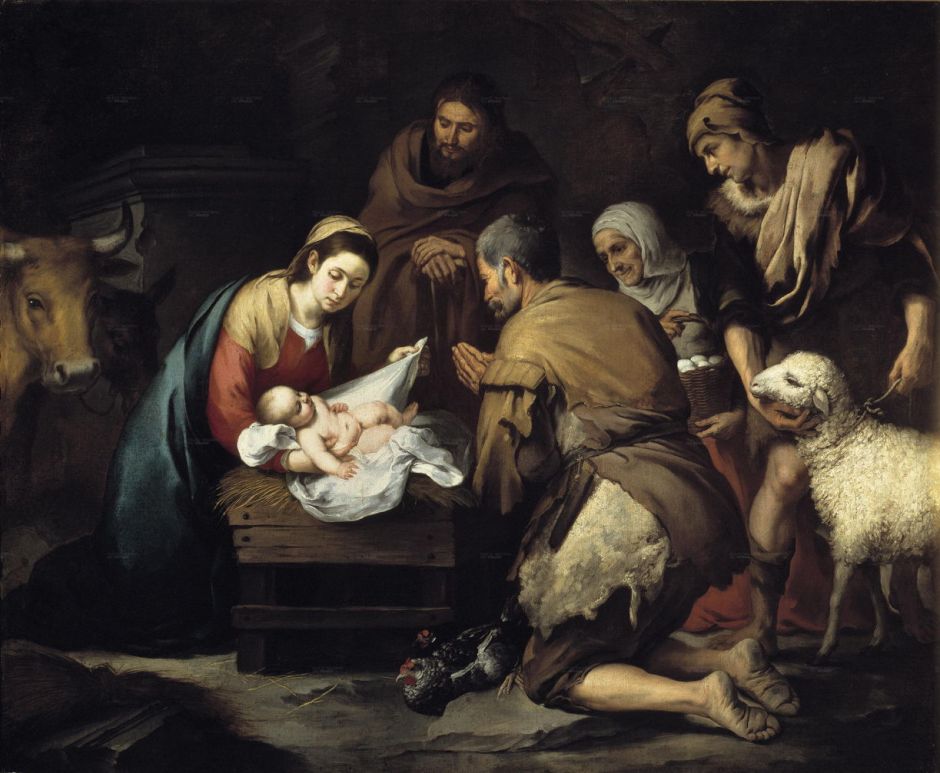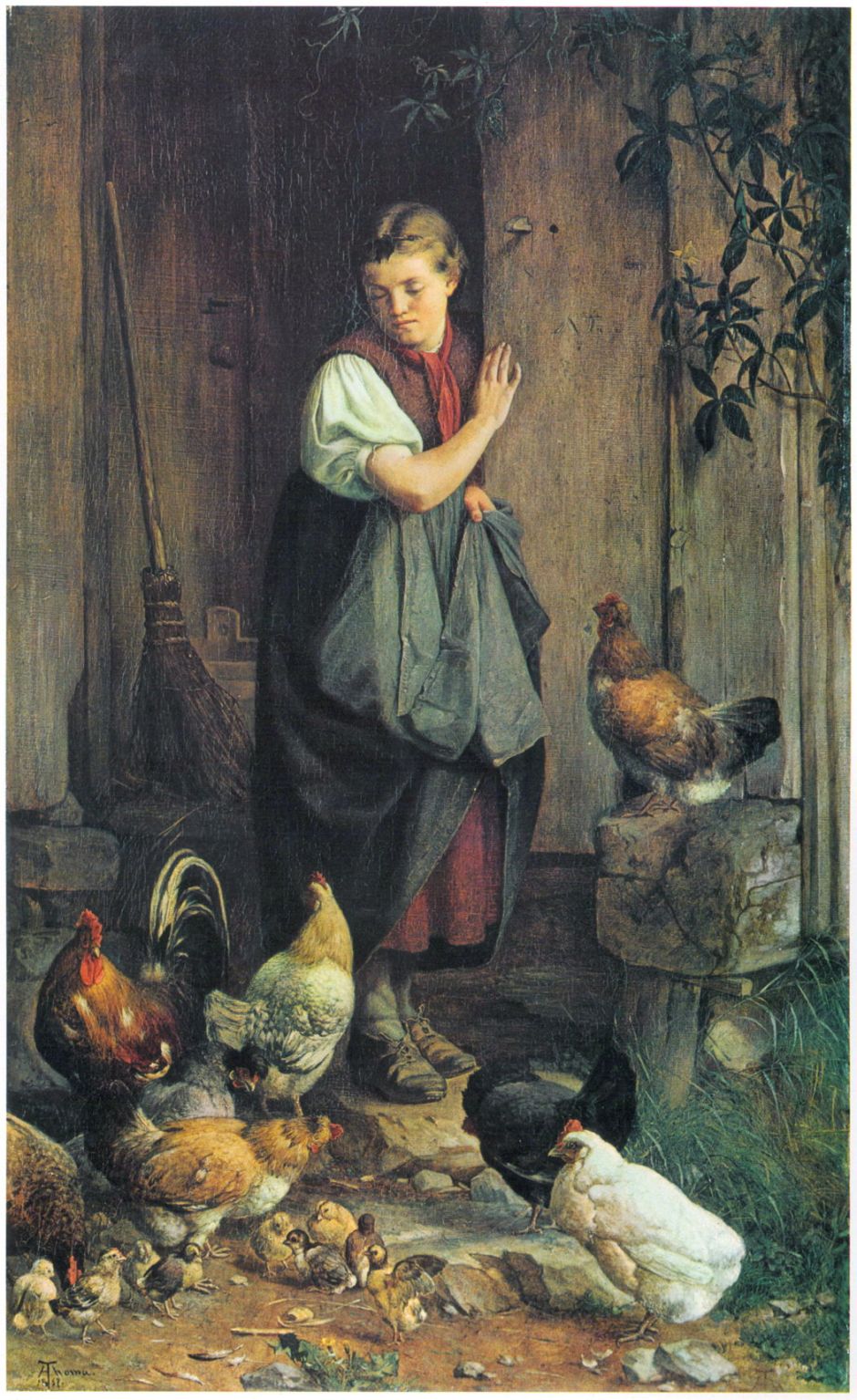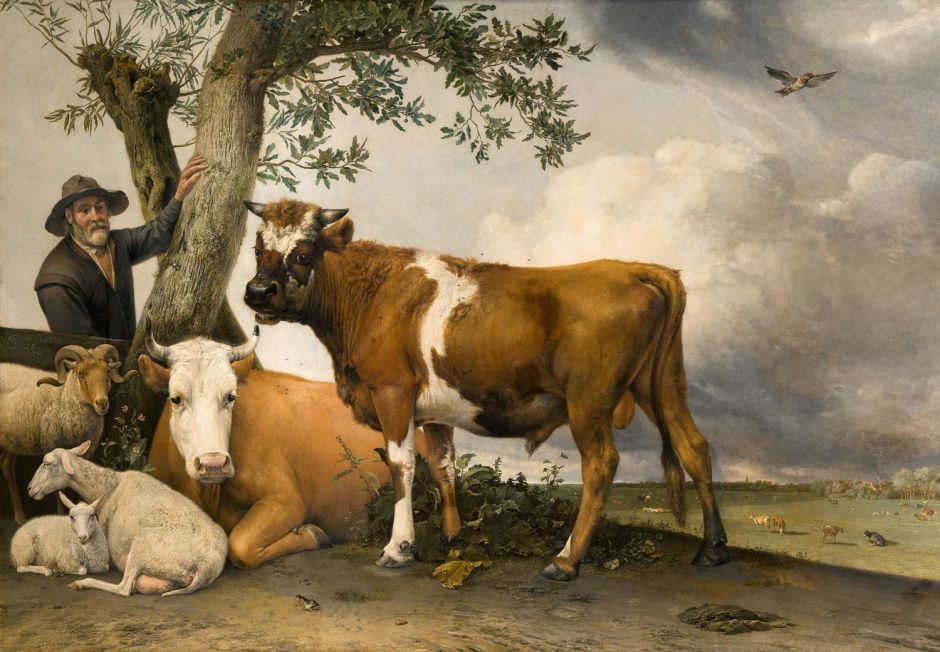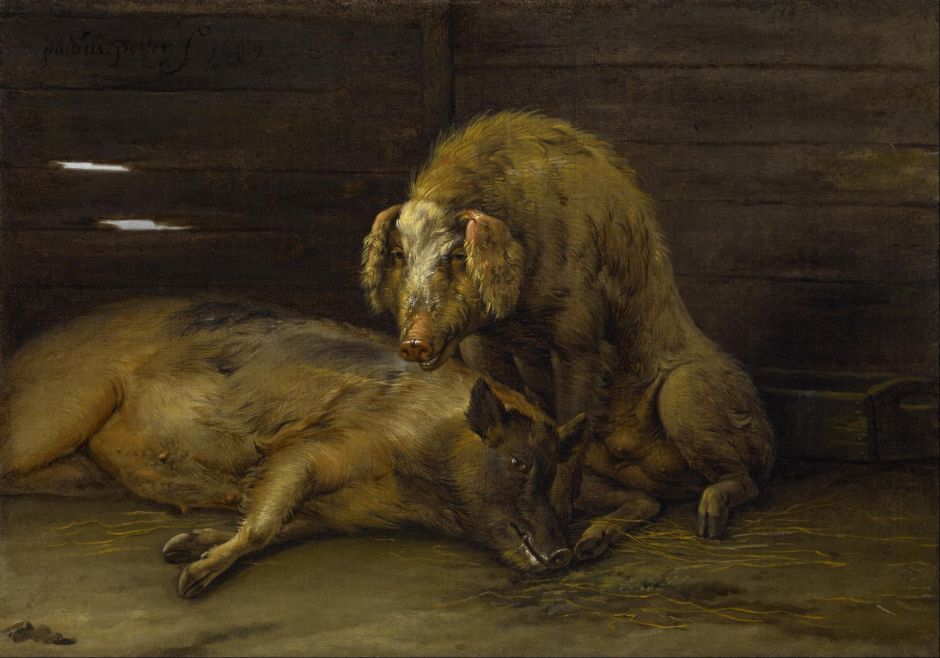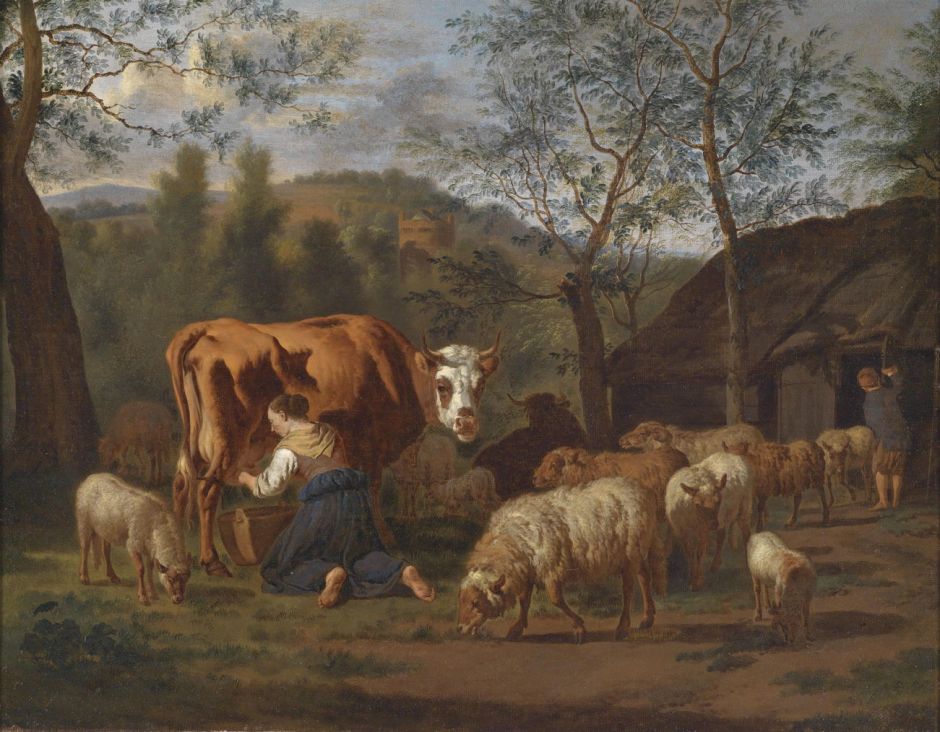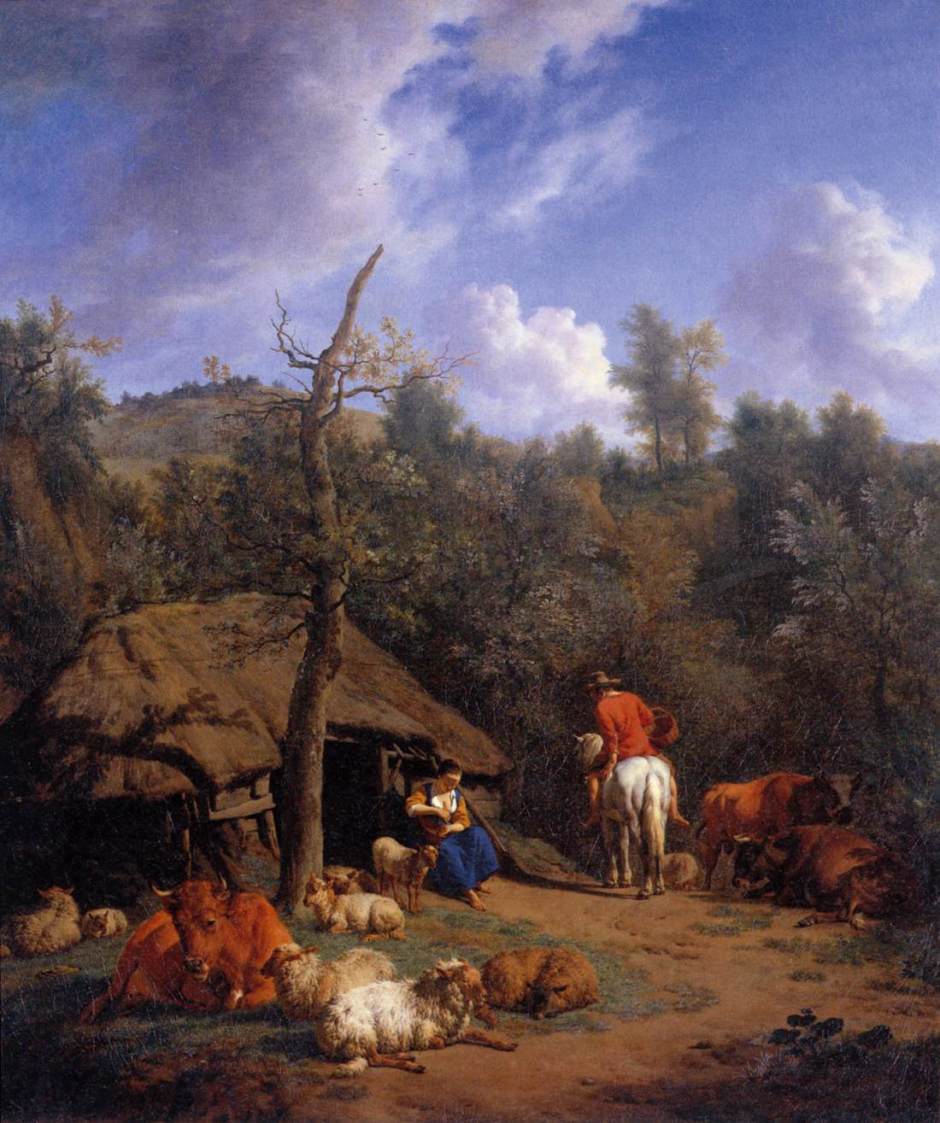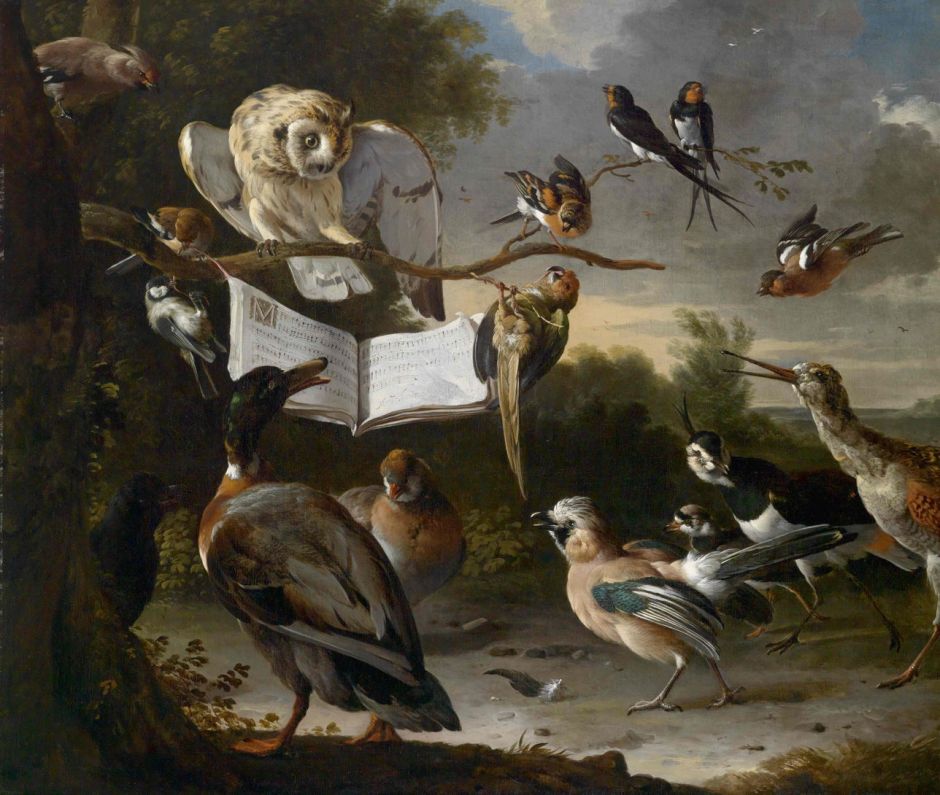The Dutch Golden Age: Ordinary people
Patronage is bad for art, particularly for paintings. Whether they come in the form of commissions for churches or by the powerful and wealthy, paintings to please others are inevitably constrained by what those others want to see. Until the seventeenth century, there were remarkably few depictions of ordinary, everyday people. Then, at about the same time, that changed in paintings by the likes of Bartolomé Esteban Murillo (1617–1682) in Spain, and the Brueghel family and David Teniers the Younger (1610–1690) in Brabant to the south of the Dutch Republic. In the Dutch Golden Age such paintings rose to popularity, and must have graced the walls of many Dutch homes. This article looks at a small selection of those that have survived.

Portraits of women washing linen first became popular in Dutch and Flemish ‘cabinet’ paintings, such as Gabriël Metsu’s Washerwoman (c 1650), along with other scenes of household and similar activities. This painting appears authentic and almost socially realist: the young woman appears to be a servant, dressed in her working clothes, with only her forearms bare, and her head covered. She’s in the dark and dingy lower levels of the house, and hanging up by her tub is a large earthenware vessel used to draw water. She looks tired, her eyes staring blankly at the viewer.

Metsu’s Kitchen Maid from 1656 is preparing a trussed-up chicken to be roasted on a metal skewer over an open fire. Behind her, hanging from a hook, is a small furry mammal probably intended to be a rabbit, although it worryingly looks more like a very large cat. Below it in the otherwise empty fireplace is a bowl of what look like potatoes.

Metsu followed his subjects beyond the home, here into The Vegetable Market in Amsterdam in about 1660-61. The mistress stands with a metal pail on her arm, detached from the housekeeper to the left of centre, who is bargaining with one of the vendors. Other figures are drawn from a broad range of classes, and there’s produce ranging from cauliflowers to chickens.

His Woman Selling Herring (c 1661-62) is going from door to door with her fish, here trying to convince an old woman standing with a stick at the door of her dilapidated cottage.

Out in the country, Metsu finds The Pancake Baker with a Boy (1655-58), again with fascinating detail. The cook in her roadside tent offers an impressive menu, with fish being supervised by a watchful cat, pancakes cooked to order from the batter in the earthenware pot by the woman’s left leg, and a few apples. Her trade seems to extend to shellfish too, with what appears to be a lobster peering from a wickerwork basket on the table, and a couple of empty mussel shells underneath it. This is the Dutch equivalent of the Spanish bodegone, popular in the earlier years of the century, and successfully painted by Velázquez early in his career.
Several of Vermeer’s masterpieces depict ordinary people in everyday life, among them his Milkmaid from about 1658-1661.

A maid is pouring milk from a jug, beside a tabletop with bread. In the left foreground the bread and pots rest on a folded Dutch octagonal table, covered with a mid-blue cloth. A wicker basket of bread is nearest the viewer, broken and smaller pieces of different types of bread behind and towards the woman, in the centre. Behind the bread is a dark blue studded mug with pewter lid, and just in front of the woman a brown earthenware ‘Dutch oven’ pot into which she is pouring milk.
Figures in the animal paintings of Paulus Potter and Gerard ter Borch were also thoroughly ordinary.

Paulus Potter’s Peasant Family with Animals (1646) shows a family with a curiously grotesque young daughter, their cottage, and some wizened trees.
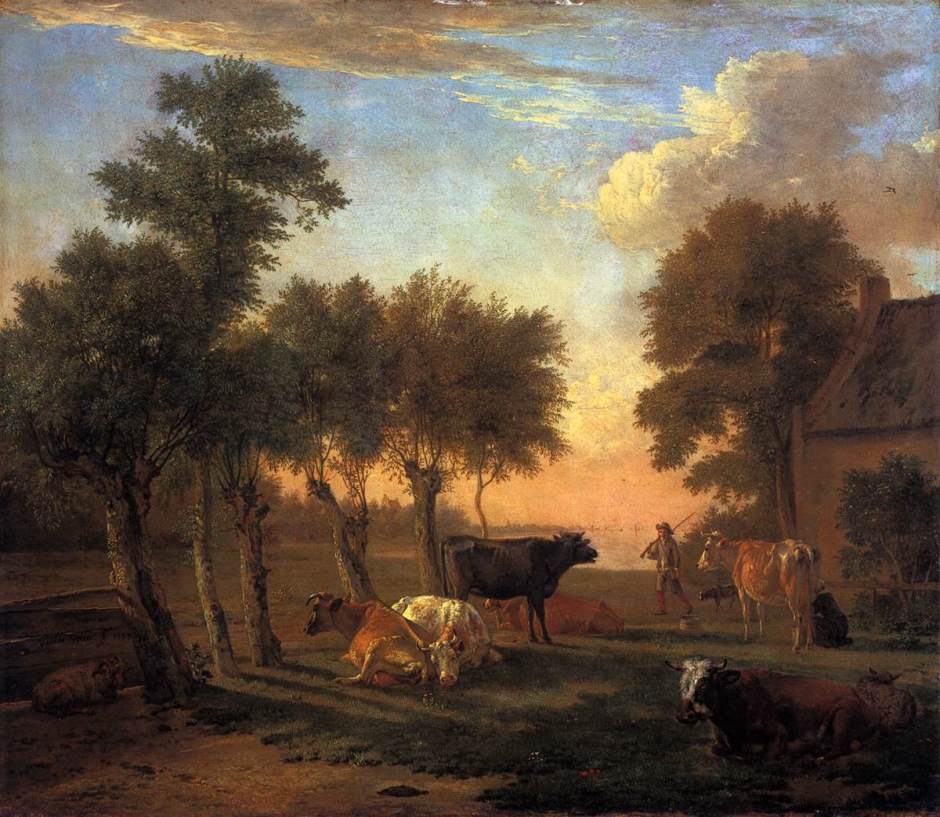
Potter was reticent about showing milkmaids, though. In his Cows Grazing at a Farm, painted in 1653, the year before his early death, the milkmaid is almost hidden by the cow’s hindquarters.

Gerard ter Borch was prepared to put the milkmaid and her cow at the centre of this painting, A Maid Milking a Cow in a Barn from about 1652-54. As was universal at the time, milk was collected in a wooden bucket.

Isaac Koedijck is a bit more unusual in his Surgeon Tending a Peasant’s Foot (1649-50), with its wooden spiral staircase and collection of weapons and tools mounted high on the wall.

It’s easy to mistake Pieter de Hooch’s A Woman Drinking with Two Men from about 1658 for a Vermeer, and like the latter he decorates the far wall with a contemporary map. The Eighty Years’ War had not long ended, and the Dutch Republic was flourishing. Discarded objects are scattered on its black-and-white tiled floor. There’s a large and empty fireplace, and above it hangs a religious painting.

Finally, Gabriel Metsu’s Old Drinker (c 1650-67) is dressed in clothes almost as old as he is, and clutches a clay tobacco pipe in his right hand, and a pewter drinking tankard with his left.
How many of those paintings would have been commissioned by a patron?



